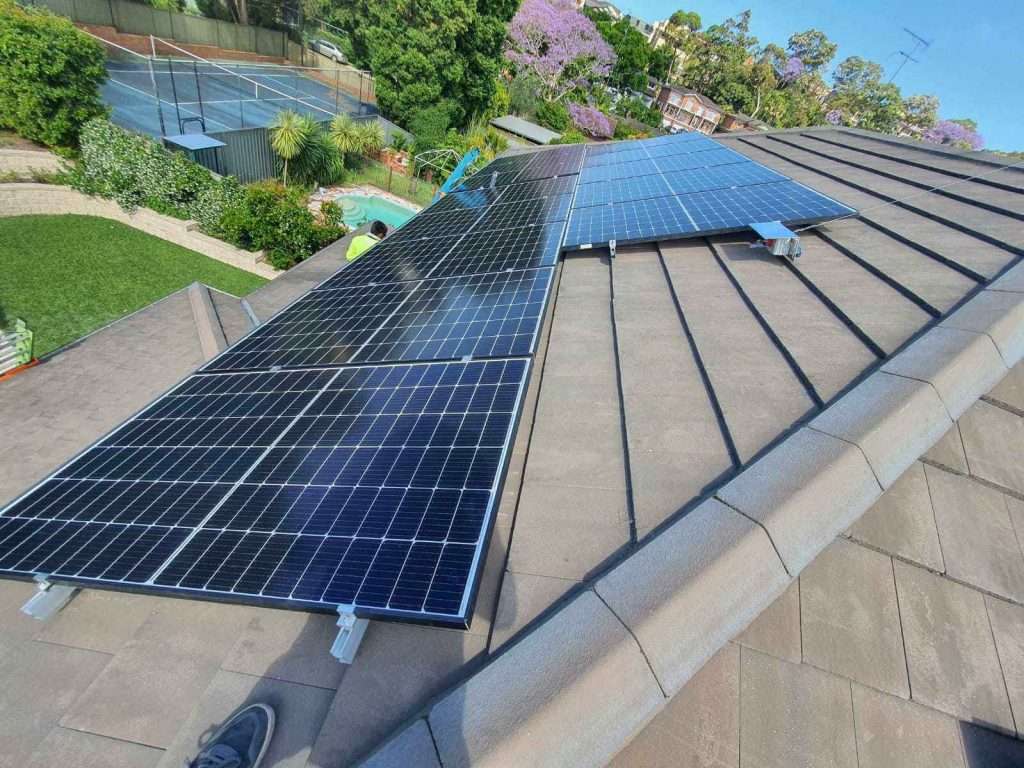FAQ
How long does the installation of this system take?
Upon signing the contract and agreeing on a method of payment, we will complete the paperwork, ensuring that your grid connection gets approval. Post the formalities, the installation of the system commences and normally does not take more than a day – depending on the system and location of your property. After the installation, a representative from the utility company will check the installed system and approve its activation and interaction with the grid. Overall duration should nevertheless be mentioned.
What is the lifespan of these solar systems?
When maintained properly, these systems can produce electricity for more than 25 years. Most solar panel manufacturers guarantee at least 80% efficiency of these systems for at least 25 years..
What is the frequency of maintenance?
For high quality system parts, the maintenance required is usually negligible. The surface panels are normally self-cleaning depending on the tilt of the panel and the roof. However, just like with all equipment a regular ‘health check’ for the system, will ensure that it works to its optimum for the entire 25+ years duration. A maintenance schedule will be provided post installation..
What are the considerations before purchasing a solar power system?
It is important to know the direction of the home’s roof. It should get sunlight between 9am and 3pm. In addition, the space on the roof should be at least 15x15m for a minimum 1.5kW system and the roof should be strong enough to support the solar panel system.
Will my roof heat up more due to the panel system installed on the rooftop?
Having a rooftop solar panel array will not heat your roof but cool it down in comparison to a similar house with no solar panels. Installing a rooftop solar panel array means that your roof does not receive direct sunlight. Research done by experts has shown that the temperature of the house that is covered by rooftop panels can be lower by up to 3 degrees Celsius on a peak sunny day. This in turn makes a big difference in the power required to cool the house further using air conditioners and coolers
What equipment can run on the power generated from my solar panels?
The answer to this question is dependent on the size of your system. If you have a 3KW system and an air conditioner of 2.5KW, this will eat up most of the power generated leaving very little for other equipment. The designers and experts who install your system will be able to guide you on the details of specific equipment in your house that you can run with your installed capacity.
How much is the charging time and how long can an appliance run on a fully charged system?
Again, this depends on the system type and battery capacity. If your battery capacity is slightly more than your panel capacity, on a bright sunny day, the solar panels will generate just enough power to keep the battery optimally charged. Your usage of appliances and their power capacity will determine how long you can use them before the battery drains out and needs to recharge again.
Charge controllers are needed to make sure the battery charging is regulated and controlled properly.
Is there any equipment that I should NOT run when using power from the solar power system?
All standard home and commercial appliances can run on the solar-powered system as long as they are within the limits of the installed capacity.
For running heavy machinery, a separate system may be required. Our experts will be able to guide you through this process.
What are the main disadvantages of a solar panel power system?
A few disadvantages are listed below:
– Higher initial investment as the cost of solar PV panels with good quality and the installation costs can run up to a few thousand dollars depending on your location and requirements.
– High dependency on the weather as cloudy and rainy days result in lower energy generation. Also, panels are not productive at night.
– Takes up a lot of space as the panels need to be exposed to the sunlight directly, they tend to occupy a large flat surface and this can be an issue, especially in large crowded locations and cities.
– Energy storage can be expensive due to the cost of batteries and maintenance associated with the same.
– The manufacturing process of solar PV panels produces some toxic and hazardous chemicals which may be a reason for the pollution of our environment. This is however negligible when compared to the pollution caused by other sources like coal, fuel cells and nuclear power
Where is the other equipment placed? If that is also on the open rooftop, how should I protect it from heavy rain and snowfall?
The other parts of a solar PV power system such as the inverter, charge controller, batteries, and wiring should be installed correctly. Usually, the inverter is the key component and this has to be kept indoors, in the garage, basement, or under the stairs where it can be kept away from direct sunlight, rain, and snow. For basement installation, care needs to be taken to make sure there is sufficient airflow around the inverter and it is placed on a platform that takes care of any water flooding.



